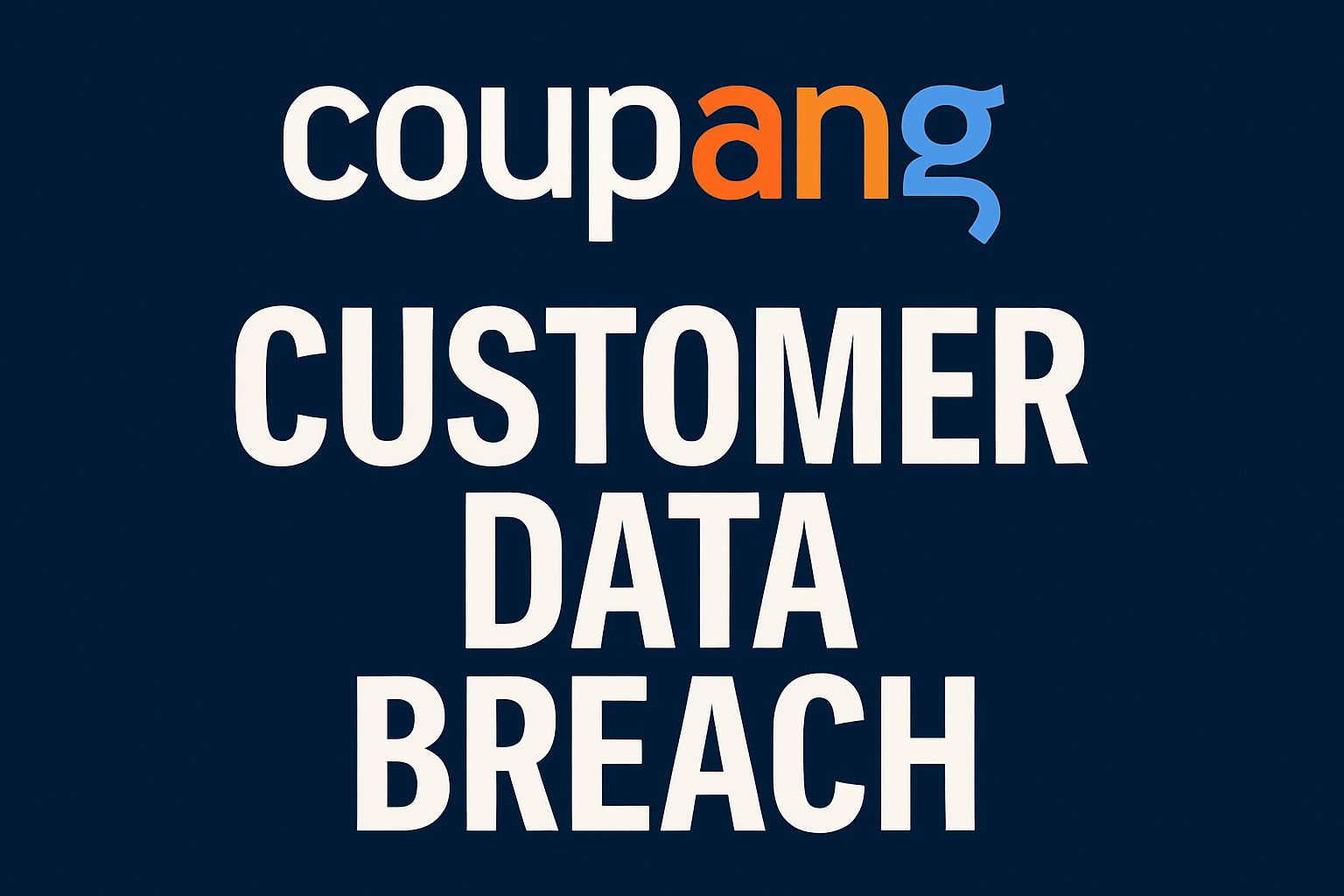Organisation: Coupang
Incident date: November 17th, 2025 – recently disclosed, affecting data collected over multiple years
Nature of incident: Unauthorized access to customer information
Status: Confirmed breach
Reported by: External sources and follow-up confirmation by Coupang
A Breach That Took 12 Days to Detect
Coupang, South Korea’s e-commerce powerhouse, has confirmed a customer data breach that it didn’t identify until nearly two weeks after the intrusion began. That 12-day detection gap has already become the focus of criticism, with The Chosun Daily reporting concerns about the company’s security monitoring and incident response readiness.
The breach affected approximately 4,500 customers — a number that, in isolation, sounds modest for a platform of Coupang’s size. But that’s precisely why the detection timeline matters. A short list of confirmed victims doesn’t necessarily reflect the full picture when the attacker had nearly two weeks of quiet, uninterrupted access.
What Was Accessed — and Why the Delay Matters
Coupang has stated that the accessed information includes personal and order-related data belonging to the confirmed group of affected customers. Payment card data has not been reported as compromised, though the company is still evaluating surrounding systems.
What’s raising eyebrows among analysts is the possibility that the revealed 4,500 records represent only what Coupang can reliably confirm today. A 12-day window without detection introduces uncertainty. It means an attacker had the time and space to pivot, explore adjacent systems, or exfiltrate more data than what has been initially disclosed.
Coupang’s user base spans millions of accounts. Even a “small breach” can be a signal that internal alerts didn’t fire when they should have — and that’s where the broader risk emerges.
Coupang’s Response and Ongoing Investigation
Once the suspicious activity was verified, Coupang moved to isolate the affected systems and began a full forensic review. The company has not yet released a technical breakdown of the attack vector or how long the intruder had active access before the breach ended. Still, scrutiny is increasing around why it took 12 days to detect the intrusion.
Regulators and security experts tend to closely examine detection delays because they highlight gaps in logging, monitoring, or escalation processes — and because slow discovery often correlates with greater impact.
What Customers Should Watch Out For
If you are a Coupang customer, the safest approach is to assume your account could have been touched even if you weren’t among the 4,500 confirmed individuals. At a minimum, update your account password and enable any available multi-factor authentication (MFA). Keep an eye on your order history and account access logs for any unfamiliar activity.
Attackers often use breach-related personal details to impersonate companies in phishing emails or SMS messages, so be cautious with unsolicited requests asking you to verify purchases or provide login information.
What Organisations Can Learn From This
Even without a large number of confirmed victims, the Coupang breach underscores a more structural point: detection speed still makes or breaks an incident. For organisations handling customer data, this is a reminder to validate that your logging pipeline, alerting thresholds, and incident response playbooks work in real-world scenarios, not just on paper.
Review how quickly your team would identify a similar intrusion. Assess how soon regulators would expect disclosure. Slow detection is often the first sign of deeper security blind spots.
What’s next
Coupang’s breach may involve 4,500 confirmed individuals, but the lessons run deeper than the numbers. A relatively small victim count can still reveal significant weaknesses in monitoring, detection, and incident response. And in a company operating at Coupang’s scale, delays of nearly two weeks raise more complex questions than the breach’s size itself.
More updates will follow as Coupang releases additional verified findings.
Worried about your online data? Run a leak check now at Am I Hacked and protect your online security today.

